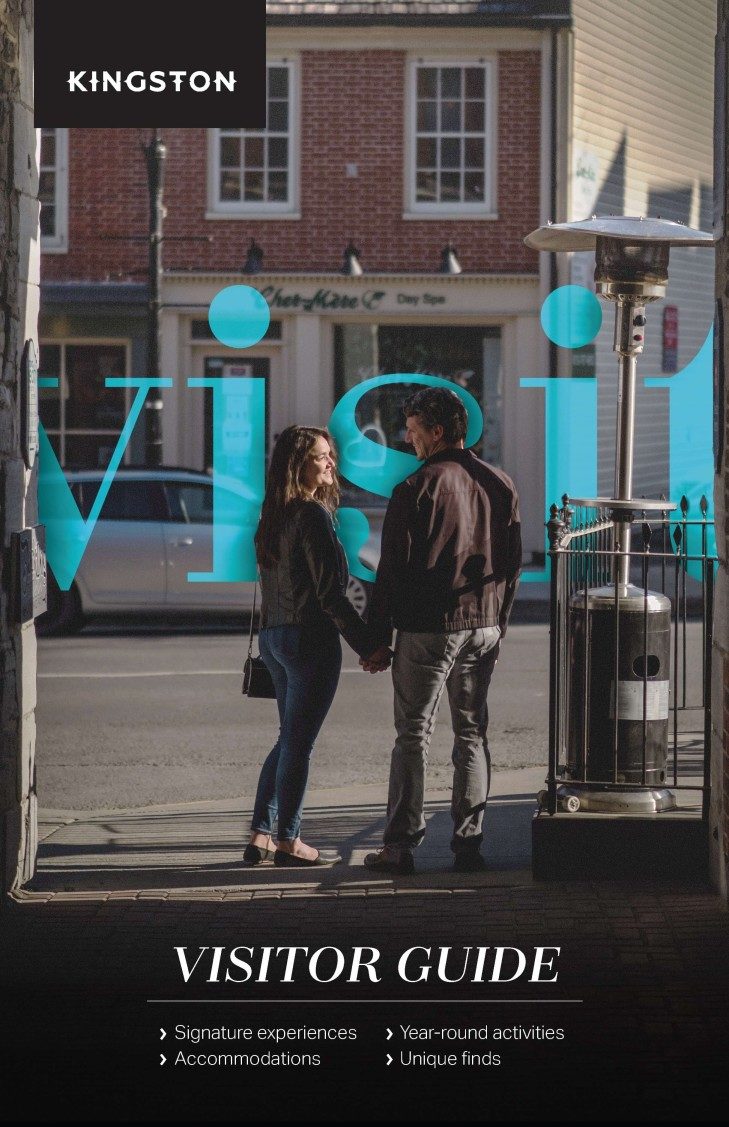Ahead of the season launch of the Agnes exhibition Leiden circa 1630: Rembrandt Emerges, we spoke with Dr. Jacquelyn Coutré, Bader Curator and Researcher of European Art at Agnes Etherington Art Centre to discuss the brand new exhibition and find out why Rembrandt?
In the heart of the Queen’s campus, in Kingston, Ontario, Agnes Etherington Art Centre has a robust collection of historical European paintings—over 200 pieces—and at its core are now four works from the Dutch master Rembrandt van Rijn, but we know him today simply as Rembrandt.
“The Bader Collection of European painting is a wonderful collection and quite distinctive in its focus on Rembrandt and his school,” says Dr. Coutré.
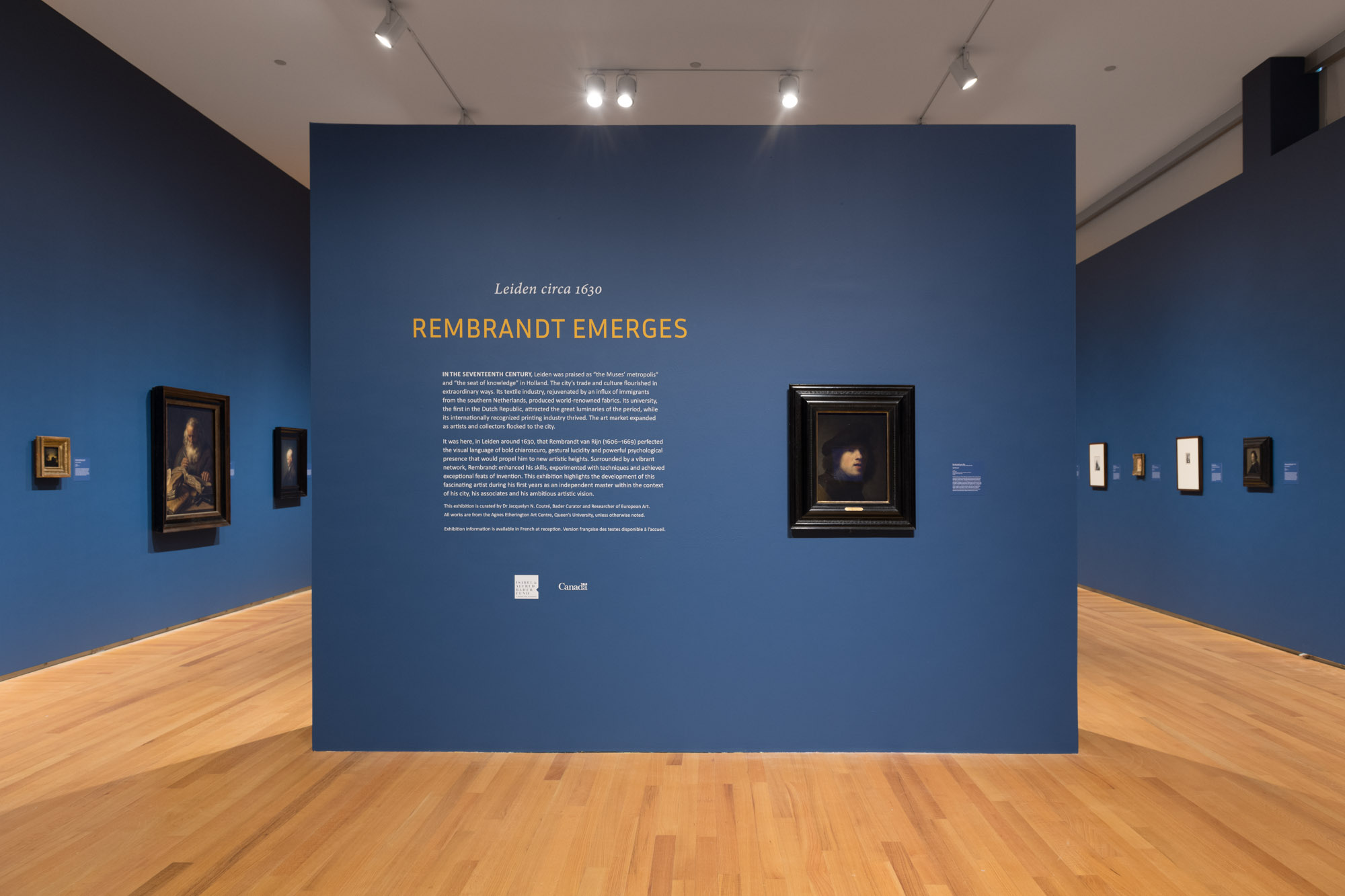
Obtaining works of art by Rembrandt was part of the late Dr. Alfred Bader’s vision. Dr. Bader had developed a deep fondness for the Old Masters of art in particular—especially after taking his first art history classes when he did his Ph.D. in Chemistry at Harvard, studying under Jakob Rosenberg, a major Rembrandt scholar in the early and mid-20th century. He travelled the world for business as a chemist but always took the time to visit auction houses and meet with art historians, often in Europe.
“There were no art history classes at Queen’s when Alfred was a student, and there was no Agnes. So, I think during his time at Harvard, he became aware of the power of having a high-quality collection of paintings on a university campus for students to learn from and enjoy.”
An on-campus gallery definitely struck a chord with Dr. Bader, and so the collection at Agnes began to take form. Many works have been donated to Agnes from Dr. Bader and his family, with the first donation in 1967. He wanted to acquire and share as many works by Rembrandt and his colleagues as possible.
What we get from Rembrandt’s work are masterpieces that feel real. He depicted human beings and he rendered Old Testament scenes and figures that were complex and full of character flaws—Dr. Bader believed people could really identify with that. “He liked seeing images of people who had complex emotions,” says Dr. Coutré. “Rembrandt, I think, was the master of depicting the emotional intensity of people.”
It’s a skill Rembrandt seems to have always possessed. In the current exhibition at Agnes, Leiden circa 1630: Rembrandt Emerges, we journey back to the artist’s early days before he became a household name. As he worked closely in the Dutch city of Leiden with his network of artists, competing against and learning from, his distinct style was emerging.
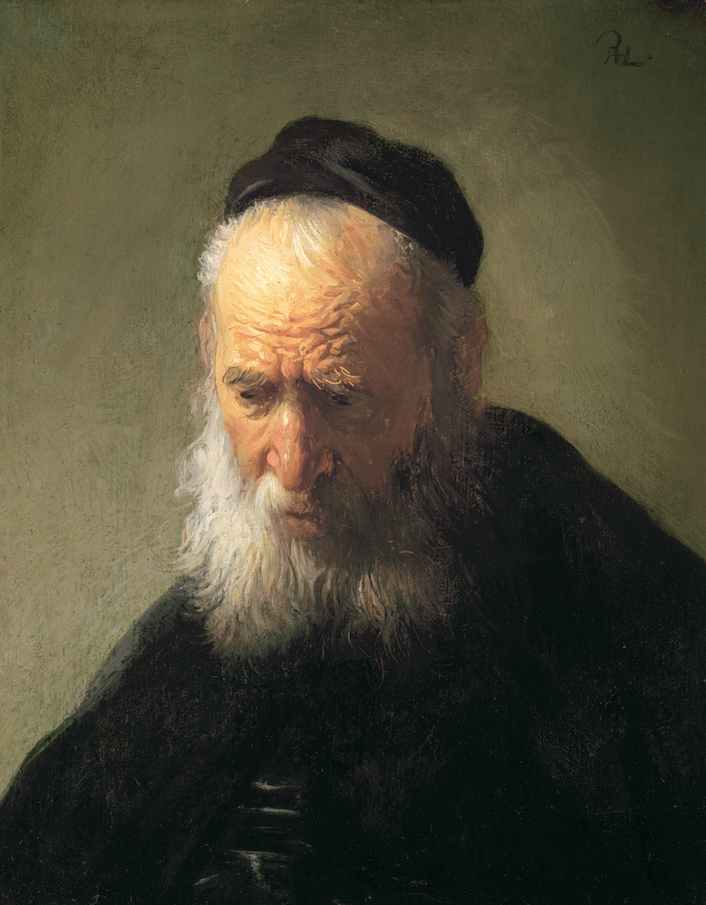
The focus of the show centres around Rembrandt’s piece Head of an Old Man in a Cap. The piece is not a classic commissioned portrait, but its more affordable cousin, a character study or tronie. When people wanted something to hang on their wall, but couldn’t afford a portrait, they could buy something like this and it suited them just fine. It was accessible and affordable art, which is ironic given how revered a Rembrandt piece is today.
“Rembrandt was about 24 when he made this painting,” says Dr. Coutré. “Other artists were making these character studies at the same time but it was Rembrandt who managed to capture the wrinkles and the softness of the old man with incredible sensitivity. This young artist was so attuned to the signs of old age and rendered them in such a life-like way.”
It’s a piece that should be seen in person to truly appreciate.
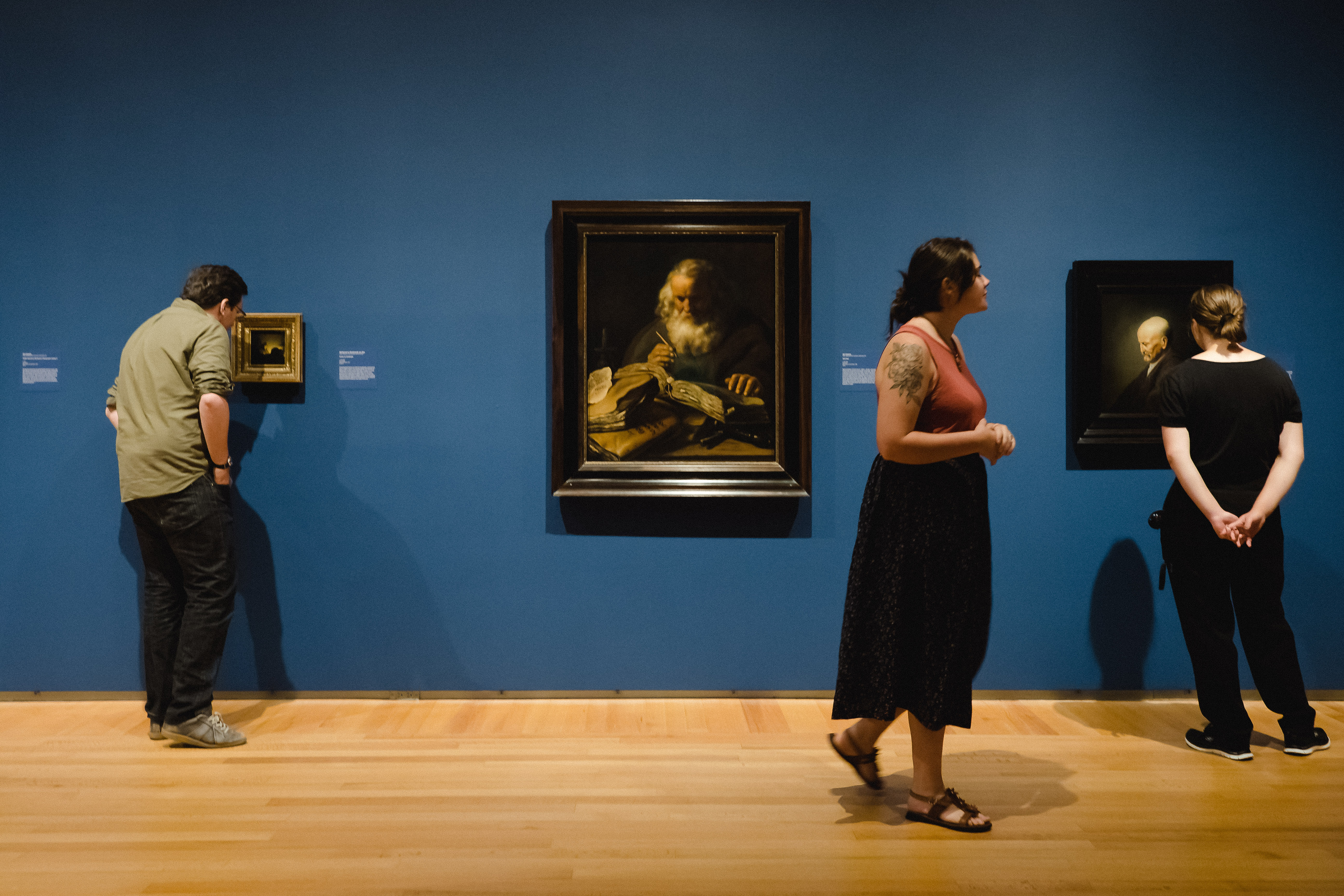
“It’s really a powerful experience to be in front of a work of art,” says Dr. Coutré. “You have a better appreciation of its basic components from scale to colour to proportion.”
Leiden circa 1630: Rembrandt Emerges debuted at Agnes on August 24, 2019, and will be up until December 1, 2019, before beginning its national tour with stops at the Art Gallery of Alberta, MacKenzie Art Gallery in Regina, and the Art Gallery of Hamilton.
The season launches with a Public Reception from 6 pm–7:30 pm on September 19, with the director and curators in attendance, an interactive map and film, and the Melos Choir and Period Instruments performing pieces by 16th- and 17th-century northern European composers to further animate the exhibition.
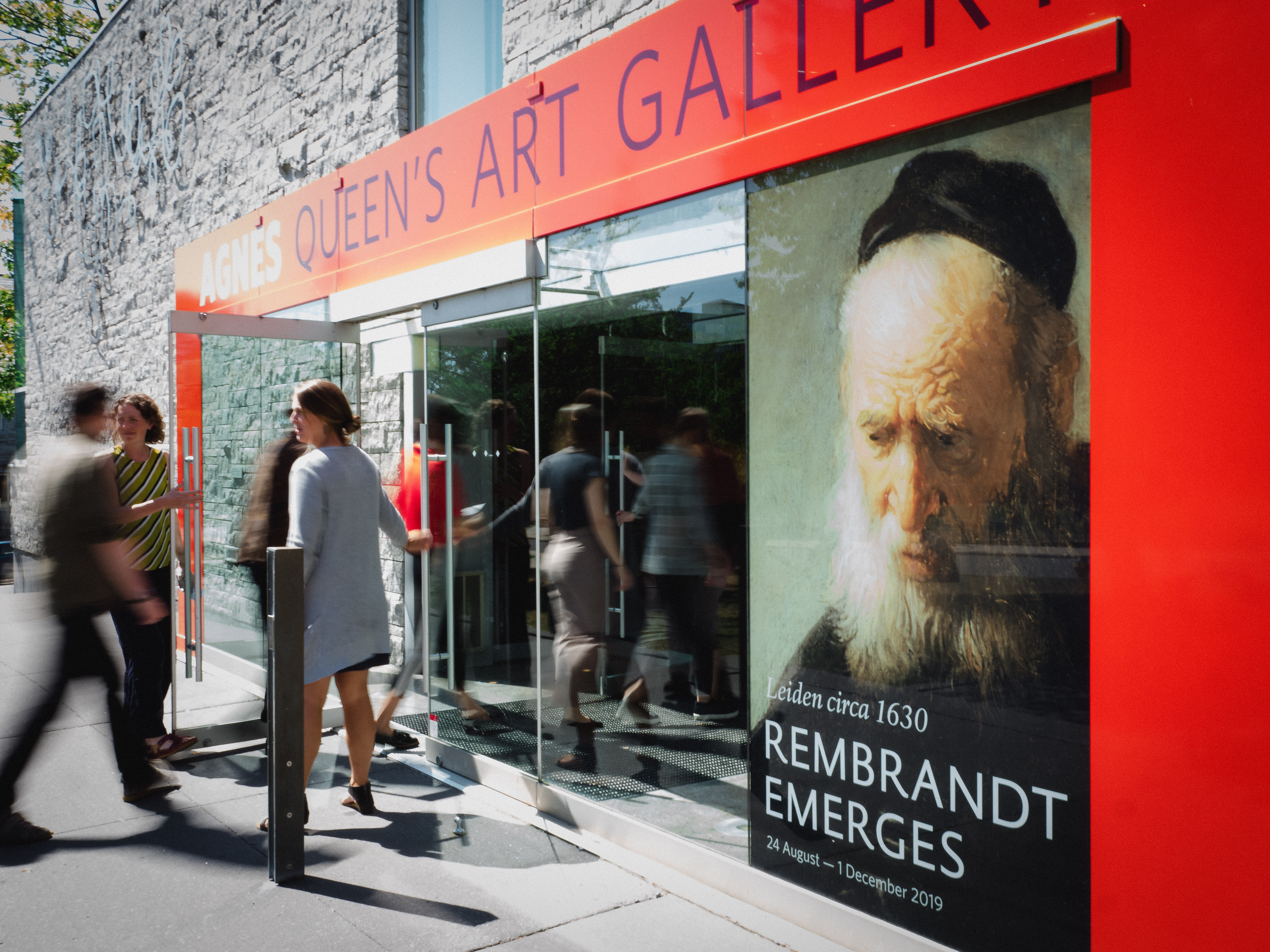
Want to see more Rembrandt at Agnes? The other paintings now in storage will be back in the gallery starting in January 2020.
“You can just drop into the Agnes any time, we’re free to everyone,” says Dr. Coutré. “Spend time with your favourite Rembrandt, where else can you do that? It’s really unique.”
Don’t miss a chance to experience the Leiden circa 1630 exhibition before it moves on. Book your stay in Kingston.




